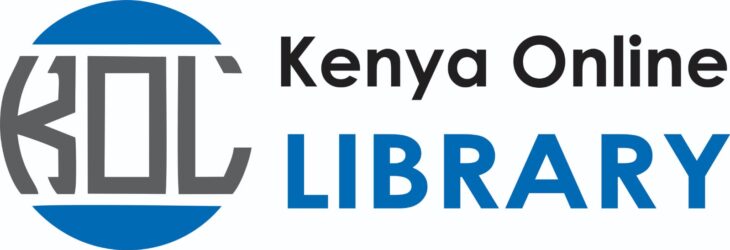Download Auditing and Assurance KASNEB Notes
CPA INTERMEDIATE LEVEL NOTES
AUDITING AND ASSURANCE UNIT DESCRIPTION
This paper is intended to equip the candidate with knowledge, skills and attitudes that will enable him/her to conduct the audit of an entity.
AUDITING AND ASSURANCE LEARNING OUTCOMES
A candidate who passes this paper should be able to:
• Demonstrate an understanding of the regulatory framework governing the external audit of financial statements
• Demonstrate an understanding of International Standards on Auditing where appropriate and the International Code of Ethics for Professional Accountants (including International Independence Standards)
• Implement the process of planning an audit, prepare audit programs and effectively conduct an audit
• Undertake audit risk assessments (excluding group accounts)
• Apply the risk based audit approach to audit of limited companies
• Prepare non – complex audit reports for audit engagements.
Contents
- 1 LEARNING OUTCOMES
- 2 CONTENT
- 3 Assurance and non- assurance engagements
- 4 Nature and purpose of an audit
- 5 Audit legal and professional framework
- 6 Planning and risk assessment
- 7 Overview of forensic accounting
- 8 Internal control systems
- 9 Audit evidence
- 10 Overall audit review
- 11 Audit reports
- 12 Auditing in the public sector
- 13 Emerging issues and trends
LEARNING OUTCOMES
A candidate who passes this paper should be able to:
- Describe the nature and purpose of auditing
- Describe the regulatory framework governing the external audit of financial statements, including an understanding of International Standards of Auditing where appropriate and Professional Ethics and codes of conduct
- Describe the rights, duties and professional obligations of an auditor
- Explain the process of planning an audit and the necessity for an appropriate audit programme taking into account audit evidence and audit risk (excluding group accounts)
- Explain the risk based approach to audit of limited companies; describe the audit evidence required in specified situations
- Describe the audit work required at the final review and report stage of an audit
- Explain the role of internal audit.
CONTENT
Assurance and non- assurance engagements
- Definition and objectives
- Elements of an assurance engagement
- Types of assurance engagements
- Levels of assurance and reports
- Non-assurance engagements
Nature and purpose of an audit
- Nature and objectives
- Audit as an assurance engagement
- Development of audit (early audit and modern audit)
- Types of audit and limitations
Audit legal and professional framework
- Regulatory framework within which external audits take place
- Statutory regulations; auditors’ liability, appointment, removal, remuneration, resignation, rights and duties of auditors
- International standards on auditing and other regulations
- Professional ethics/code of ethics for professional accountants
- Fundamental principles, threats and safeguards; other professional guidelines on audit fees, conflict of interest, advertising and opinion shopping
Planning and risk assessment
- Obtaining ,accepting and retention of an audit engagement
- Assessing audit risks
- Understanding the entity and its environment
- Audit planning, audit strategy, audit programmes and documentation
- Assessing audit risks
- Fraud, laws and regulation
Overview of forensic accounting
- Nature, purpose and scope of forensic accounting
- Types of forensic investigations: corruption, asset misappropriation, financial statement fraud, others
- Fraud prevention and deterrence
Internal control systems
- Internal controls theory and practice
- The use and evaluation of internal control systems by auditors
- Tests of controls on specific control environment
- Communication on internal control systems (management letter)
- Information technology threats and control
Download AUDITING AND ASSURANCE CPA NOTES
Audit evidence
- Financial statement assertions and audit evidence
- Audit evidence procedures/techniques
- Audit sampling and other means of testing
- The audit of specific items (income/expenses/assets/liabilities)
- Using the work of others (internal audit and experts)
- Computer assisted audit techniques
Overall audit review
- Subsequent events review
- Going concern review
- Contingencies and commitments
- Management representations
- Quality control and reviews
- Audit investigations
Audit reports
- Legal provisions on audit reports
- Basic elements and key audit matters
- Types of audit reports and different aspect of reporting
- Features of audit reports
Auditing in the public sector
- Introduction to auditing in the public sector; regulatory provisions
- Framework of public sector audit
- Objective and scope of public sector audit
- Categories of public sector audit (compliance audit, performance, financial)
- Audit report of the auditor general
- Role of internal audit function in public entities
- Relationship between external and internal auditors in the public sector
- International Standards on Supreme Auditing Institutions
